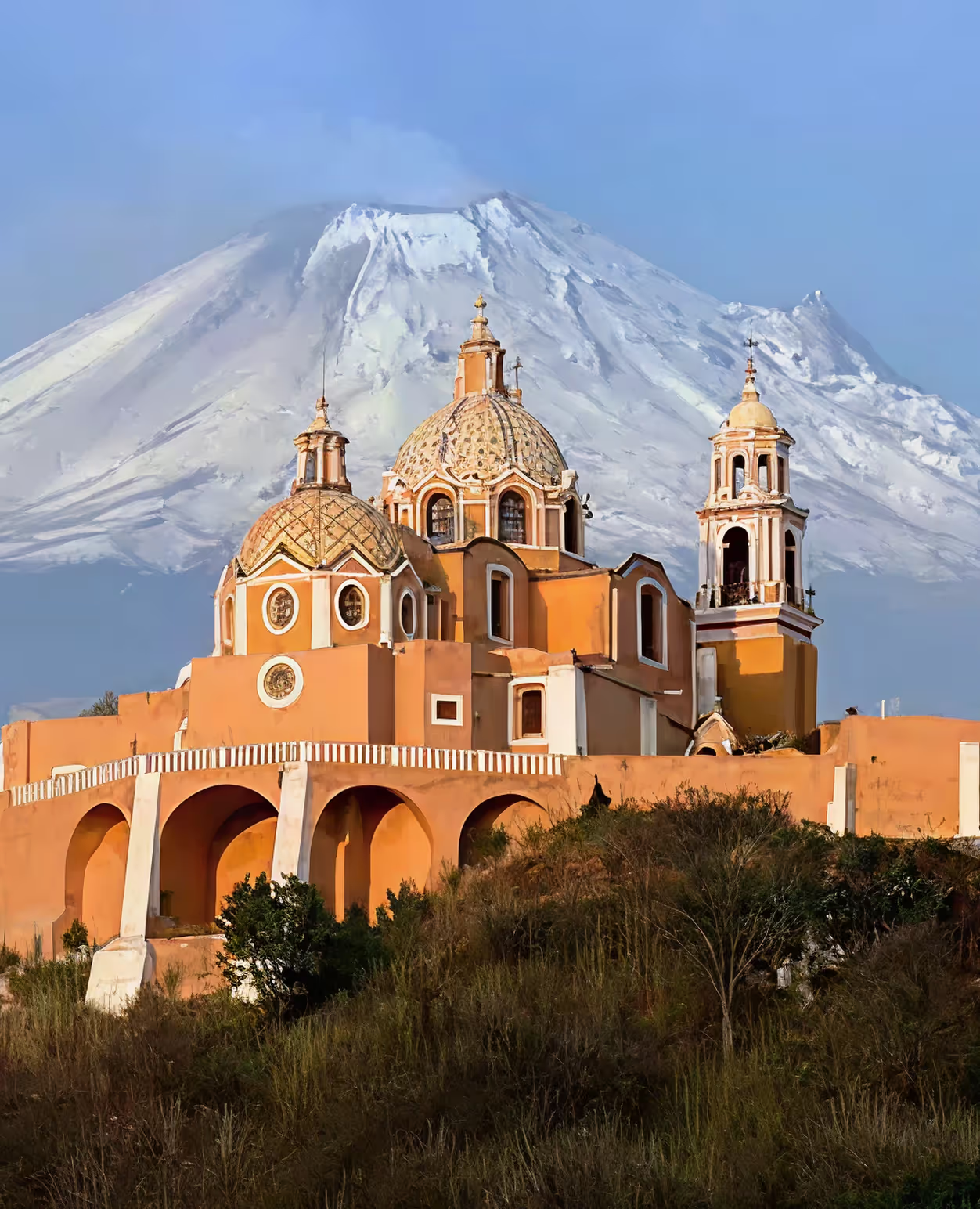Plan your trip
Plan my custom trip
Request a quote
Customize my trip
Design your trip




Do you see that beautiful plant they call maguey? It has a story inside, sweet as honey. It's about Quetzalcóatl and the beautiful Mayahuel. Don't forget the Aztecs call the maguey melt. ~Dictionary of Myths of America
With tequila and mezcal, pulque is one of Mexico’s most traditional and traditional beverages because it was the most significant ritual drink for Mesoamerican societies. Pulque was considered the beverage of the gods and represented a ritual symbol of a political and religious character.

Pulque was drunk in rituals and celebrations only by priests, older people, or people about to be sacrificed. It was also considered medicinal due to the great variety of vitamins, proteins, and carbohydrates it contains.

This beverage is made from the fermentation of the maguey pulquero. The process begins with the extraction of the heart of the plant. Afterward, the edges and center are scraped to find a juice known as aguamiel. When the Aguamiel is fermented, it becomes pulque, with a thick, dense consistency but with an exquisite flavor.
Let’s continue with five Mexican destinations where local experts will teach us how to prepare and taste this sacred beverage.

First place, deep in the majestic Sierra of Oaxaca, lives a Mixtec community formed by a group of women who work together to rescue the tradition and conservation of the maguey pulquero, from which pulque, the beverage of the Aztec god’s borns.
Because of this, the Millenarian Women are the guardians of the pulque and aguamiel. They will teach us the production of the drink, Mixteco classes, and palm weaving workshop. You can also hike through the mountains and enjoy breathtaking sunrises and sunsets. Or swim in the Apoala Waterfall and its refreshing waters. Whatever the activity, the day will culminate in front of a table full of regional food.
In addition, in May, Mujeres Milenarias organizes its pulque festival, which presents different pulque flavors and other products such as bread and curados. There is also dancing, traditional music, and Mixtec barbecue, among other activities.

Continuing to Santa Martha Latuvi, a picturesque community that stands out for the natural beauty of its enchanted forests. Where our hostess will show us the elaboration of the drink of the gods, pulque, and tepache, and then we will head towards the Camino Real, a pre-Hispanic route that linked the Zapotec cities. There are also workshops on fruit, jam making, and Serrano bread. Or if you prefer hiking, biking, or horseback riding through the Oaxacan highlands.

Also, if you visit Latuvi during July, you can enjoy the traditional apple fair. There are sales and preparation of jams, syrup, and other fruits at this fair, including concerts, tours, gastronomic workshops, and painting contests.

Tlaxcala is a destination where all your senses connect with everything around you. The hands of an expert will teach us how to obtain the mead to turn it into pulque, from which you will be able to taste its exquisite flavor.
Likewise, we will tour the harvest fields and participate in their cultivation. You will also learn how to grind corn in a metate to turn it into delicious tortillas to enjoy and other delicious dishes.

Furthermore, the experience becomes even more special due to the fantastic nature and fireflies in the Fireflies Sanctuary and Canto Del Bosque Ecotourism Center. The forest illuminates with the beautiful light these insects irradiate during June, July, and August. Also, you can practice activities such as camping, cycling, zip-lining, climbing, archaeological zone, museum, and hiking.

Continuing our trip to Tonazihua, 1 hour from Mexico City, you will find a space of healing and wellness, where adobe and wood structures merge with pine and cedar trees and a large number of impressive magueyeras.
A place where you will be guided through an exclusive route of the maguey pulquero, where you will learn its fascinating history and production, ending the experience with a delicious mug of pulque along with a tasty traditional meal.

In addition to the pulque tour, Tonazihua offers activities such as nature observation, use of traditional medicine, temazcal with purification ritual, bonfire under the celestial vault accompanied by chocolate and hot drinks.

Finally, Teotihuacan, the city of the gods, is directly connected to this ancient beverage. Here you can enjoy an extraordinary tasty variety of pulque flavors and traditional gastronomy.

Although you will not only be able to taste the local gastronomy, you will also visit the stunning archaeological site of Teotihuacan, either by walking, biking or even in a hot air balloon. Also, during March, the Pulque Fest takes place just 7 minutes from Teotihuacan.

Undoubtedly, the pulque has been part of the Mexican culture since ancient times, changing from an ancestral drink to being despised and finally reborn to continue being part of Mexican culture.
***
If you enjoyed this post, we recommend you.
In Search of the Origin of the Perfect Morning Coffee in Mexico
Oaxaca Food Tour and its Seven Different Moles
Mexican Food with Different Versions: The Pambazo
History, culture, and gastronomy in the historic Mexico City Center


